
Los Pinos: The Hidden Gem of Sucre
Discover Los Pinos in Sucre, Bolivia - a charming neighborhood filled with colonial architecture, delectable cuisine, and a rich cultural heritage waiting to be explored.
Nestled within the vibrant city of Sucre, Los Pinos offers a unique blend of modernity and tradition. This neighborhood, known for its serene atmosphere and lush greenery, stands as a tranquil retreat from the hustle and bustle of the city center. Wander through its charming streets lined with colonial-style houses and discover hidden courtyards that whisper tales of the past. Los Pinos is a haven for food lovers, with a variety of local eateries serving up traditional Bolivian cuisine. Whether you're in the mood for a hearty plate of salteñas or a refreshing glass of chicha, you'll find something to satisfy your taste buds. The neighborhood's markets are a feast for the senses, brimming with fresh produce, artisanal crafts, and vibrant textiles. Beyond its culinary delights, Los Pinos is also home to several cultural landmarks and parks. Spend an afternoon exploring the area's museums, which showcase the rich history and diverse culture of Bolivia. For nature enthusiasts, the nearby green spaces offer the perfect spot for a leisurely walk or a quiet picnic. As evening falls, the neighborhood comes alive with local music and dance, providing a truly immersive cultural experience.
Local tips in Los Pinos
- Visit early in the morning to enjoy the fresh market produce and avoid the crowds.
- Wear comfortable shoes as the streets are cobblestone and can be uneven.
- Don't miss out on trying the local salteñas from one of the neighborhood's traditional eateries.
- Bring a camera to capture the picturesque colonial architecture and vibrant street scenes.
- Learn a few basic Spanish phrases to enhance your interactions with friendly locals.
Los Pinos: The Hidden Gem of Sucre
Nestled within the vibrant city of Sucre, Los Pinos offers a unique blend of modernity and tradition. This neighborhood, known for its serene atmosphere and lush greenery, stands as a tranquil retreat from the hustle and bustle of the city center. Wander through its charming streets lined with colonial-style houses and discover hidden courtyards that whisper tales of the past. Los Pinos is a haven for food lovers, with a variety of local eateries serving up traditional Bolivian cuisine. Whether you're in the mood for a hearty plate of salteñas or a refreshing glass of chicha, you'll find something to satisfy your taste buds. The neighborhood's markets are a feast for the senses, brimming with fresh produce, artisanal crafts, and vibrant textiles. Beyond its culinary delights, Los Pinos is also home to several cultural landmarks and parks. Spend an afternoon exploring the area's museums, which showcase the rich history and diverse culture of Bolivia. For nature enthusiasts, the nearby green spaces offer the perfect spot for a leisurely walk or a quiet picnic. As evening falls, the neighborhood comes alive with local music and dance, providing a truly immersive cultural experience.
Iconic landmarks you can’t miss
Simon Bolivar Park
Experience the tranquility and historical charm of Simon Bolivar Park in Sucre, a perfect retreat for relaxation and cultural exploration.
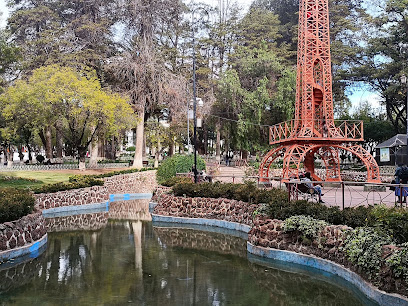
Parque Cretácico
Explore the fascinating world of dinosaurs at Parque Cretácico, Bolivia's premier national museum and amusement center, perfect for families and history lovers.
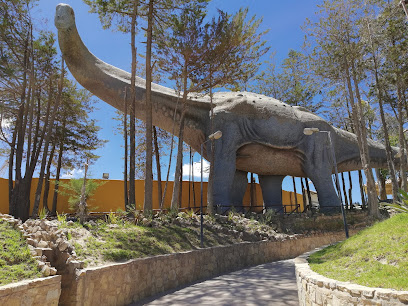
Freedom House
Discover Bolivia's rich history at Freedom House, a national museum celebrating independence, culture, and local craftsmanship in Sucre.
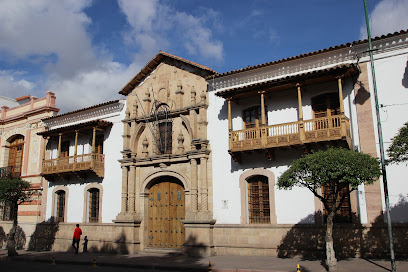
Glorieta Castle
Explore the enchanting Glorieta Castle in Sucre, a historical museum surrounded by beautiful gardens, showcasing Bolivia's rich cultural heritage.
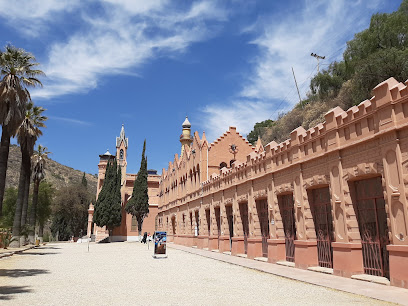
Iglesia de San Felipe de Neri
Discover the architectural splendor and spiritual serenity of Iglesia de San Felipe de Neri, a must-visit landmark in Sucre, Bolivia.
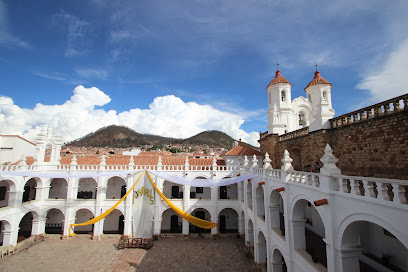
Treasure Museum
Explore Bolivia's rich heritage at the Treasure Museum in Sucre, home to the captivating Bolivianita gemstone and diverse cultural artifacts.
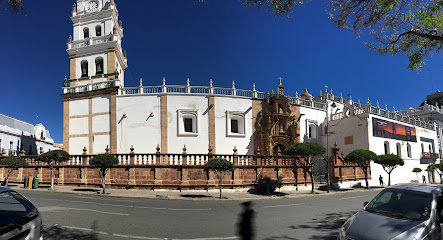
Fuente del Bicentenario
Explore the enchanting Fuente del Bicentenario in Sucre, Bolivia, where vibrant light shows and cultural richness create unforgettable memories for every tourist.
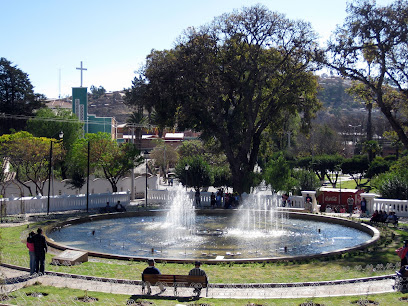
Museum of the Recoleta convent
Discover the artistic treasures and colonial history at the Museum of the Recoleta Convent in Sucre, Bolivia, a must-visit for culture enthusiasts.
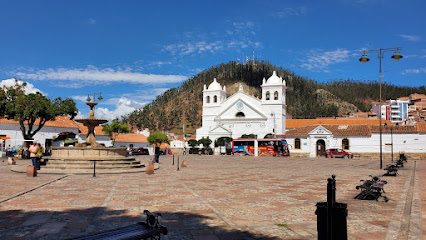
Plaza 25 de Mayo
Explore the historic Plaza 25 de Mayo, a vibrant square in Sucre, Bolivia, surrounded by colonial architecture and rich cultural experiences.
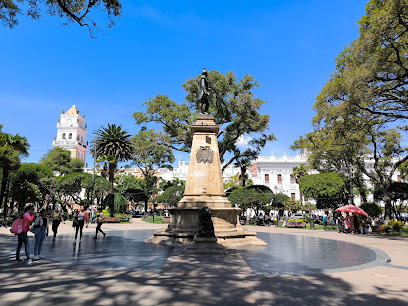
Circuito Turístico 7 Cascadas
Discover the natural beauty of Sucre at Circuito Turístico 7 Cascadas, a breathtaking collection of waterfalls set in lush landscapes.
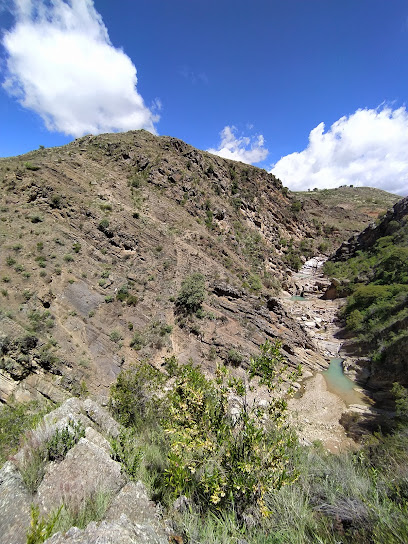
Unmissable attractions to see
Parque Cretácico
Explore Parque Cretácico in Sucre for a thrilling adventure through the prehistoric world of dinosaurs, perfect for families and curious minds alike.
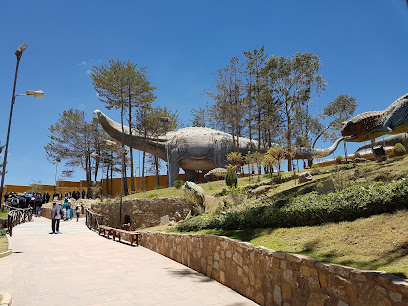
Glorieta Castle
Explore the rich history and stunning architecture of Glorieta Castle in Sucre, a must-see tourist attraction in Bolivia.
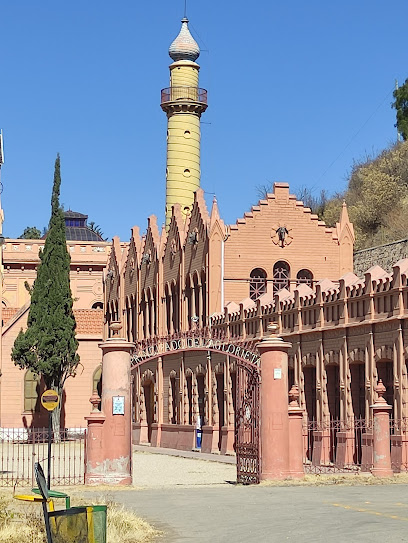
Museo de Arte Indígena
Discover the vibrant indigenous art and rich cultural heritage at Museo de Arte Indígena in Sucre, Bolivia. A must-visit for cultural enthusiasts.
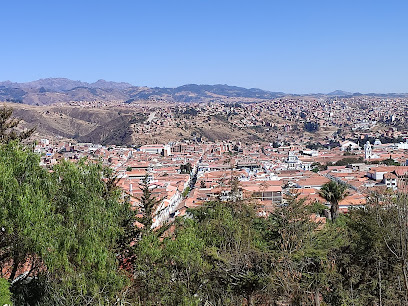
La Rotonda
Discover the tranquility of La Rotonda, a beautiful park in Sucre, Bolivia, where nature and relaxation meet.
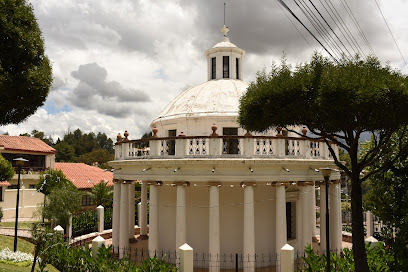
Museum of the Recoleta convent
Discover Bolivia’s colonial past at the Museum of the Recoleta Convent in Sucre, featuring religious art and historical artifacts in a serene setting.
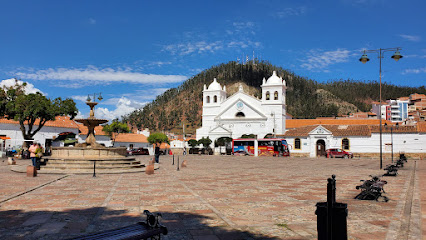
Circuito Turístico 7 Cascadas
Experience the beauty of nature at 7 Cascadas, where seven stunning waterfalls await your discovery in the heart of Bolivia.
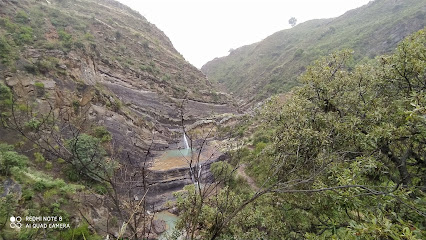
Sucre - Bolívia
Explore the historic charm and vibrant culture of Sucre, Bolivia - a UNESCO World Heritage site filled with colonial architecture and rich traditions.
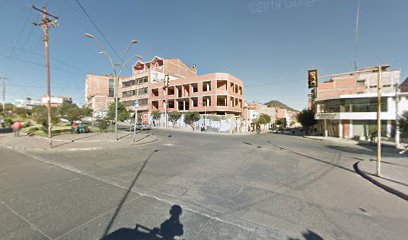
Essential places to dine
Joy Ride Cafe
Discover the vibrant flavors of Bolivia at Joy Ride Cafe in Sucre—where delightful cuisine meets an inviting atmosphere.
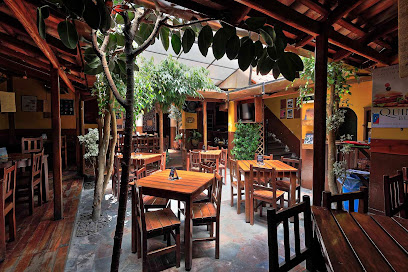
Pueblo Chico
Discover the vibrant flavors of Bolivia at Pueblo Chico in Sucre – where every meal tells a story and every bite is an adventure.
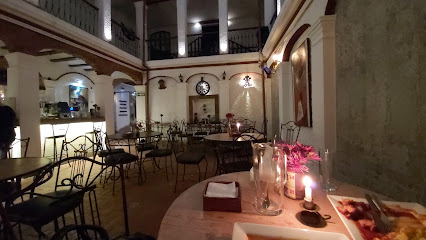
La Taverne Sucre
Experience authentic French cuisine at La Taverne Sucre, where elegant dining meets Bolivian charm in the heart of Sucre.
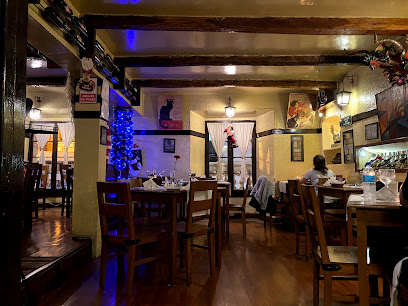
El Huerto
Discover authentic Bolivian cuisine at El Huerto in Sucre - where tradition meets modern dining in a cozy atmosphere.
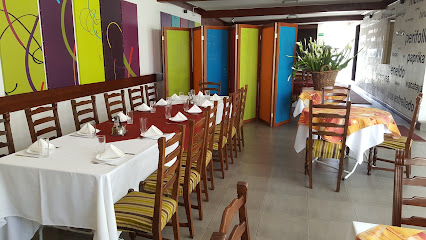
LO NUESTRO Restaurant
Experience authentic Bolivian flavors at LO NUESTRO Restaurant in Sucre - perfect for family gatherings or casual meals with friends.
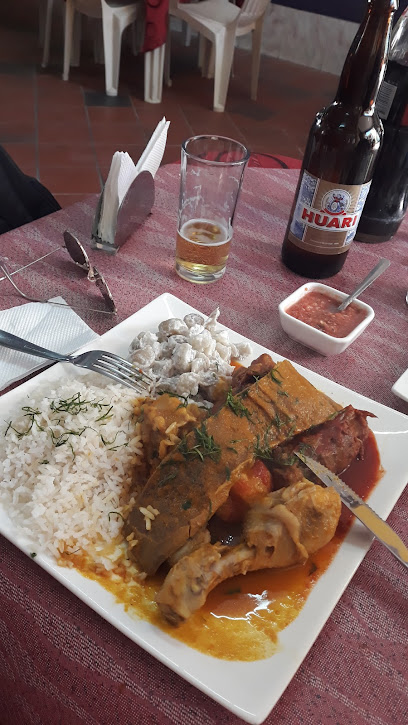
El Solar
Discover El Solar in Sucre - where local flavors meet international cuisine in a cozy setting.

EL PARRILLIN
Discover authentic Bolivian flavors at El Parrillin, Sucre's top destination for grilled meats and vibrant dining experiences.
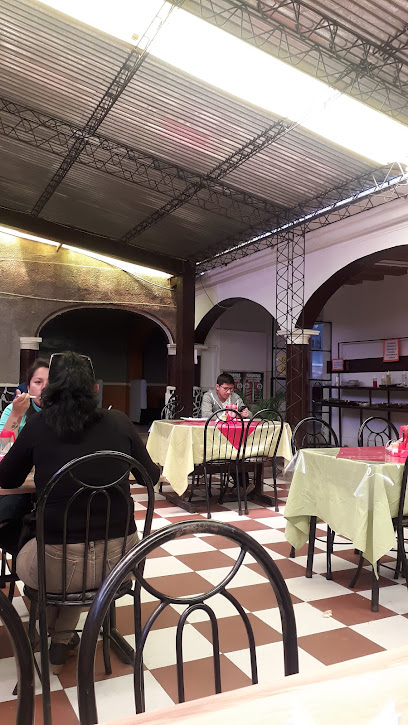
Café Restaurant Potocchi Sucre
Discover authentic Bolivian flavors at Café Restaurant Potocchi in Sucre, where every meal is a celebration of culinary tradition.
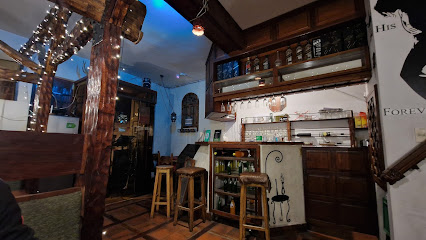
Foresta Restaurante
Discover the flavors of Bolivia at Foresta Restaurante in Sucre - a family-friendly dining experience filled with warmth and deliciousness.
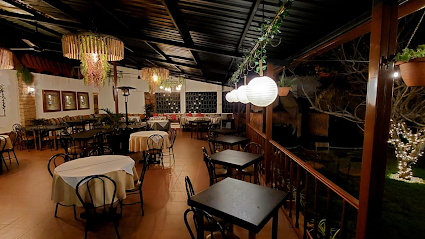
Las Leñas
Experience authentic Bolivian flavors at Las Leñas, a top-rated restaurant in Sucre known for its delicious dishes and inviting atmosphere.
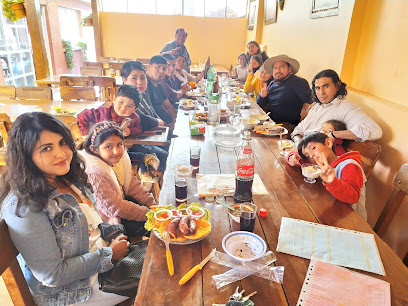
Markets, malls and hidden boutiques
Miniso sur
Explore Miniso Sur in Sucre for stylish home goods and unique finds that enrich your travel experience.
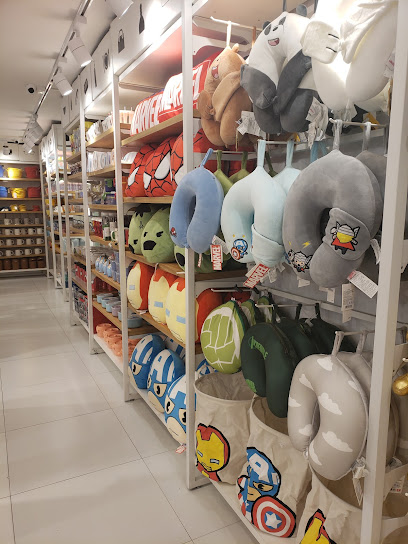
Afer Bolivia
Explore Afer Bolivia: Sucre's premier shopping mall offering local crafts, dining, and vibrant entertainment for an unforgettable experience.
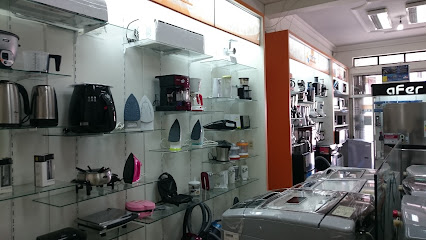
Alpaca Andina
Discover authentic Bolivian souvenirs at Alpaca Andina, a treasure trove of handcrafted gifts in the heart of Sucre, celebrating local artisanship.
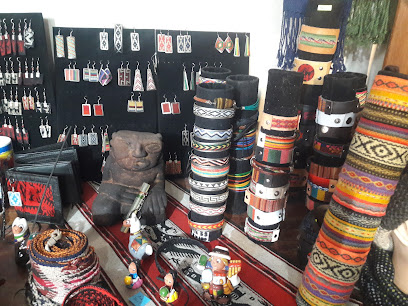
Purpose Tienda de regalos Sucre
Explore the heart of Sucre at Purpose Tienda de Regalos, where unique Bolivian crafts meet unforgettable shopping experiences.
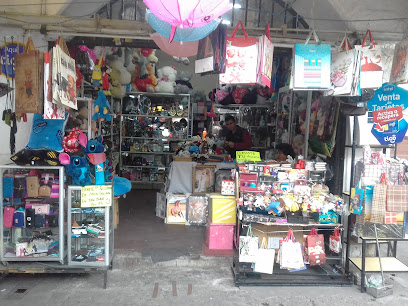
Mayis Store
Explore Mayis Store in Sucre for unique gifts, fashion accessories, and enchanting magic items that capture the spirit of Bolivia.

Happy Shop
Explore the charm of Bolivia through unique gifts at Happy Shop in Sucre, where local artisans showcase their finest creations.

Mini market los pinos
Explore the vibrant Mini Market Los Pinos in Sucre, your go-to destination for local crafts and essential home goods, capturing the essence of Bolivian culture.
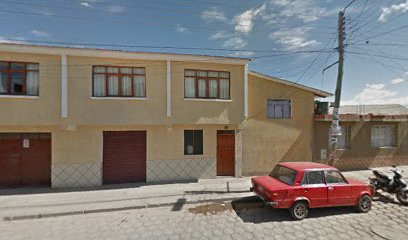
Fenix Store Sucre
Experience the vibrant shopping culture of Sucre at Fenix Store, where local craftsmanship meets contemporary style.
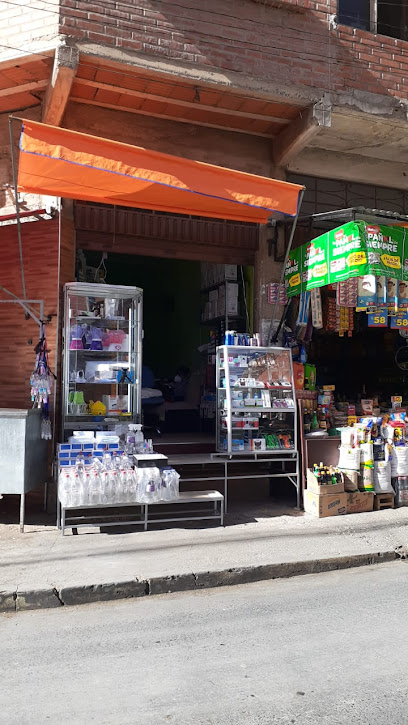
Barraca y Carpinteria (LOS PINOS)
Explore the art of woodworking at Barraca y Carpinteria (LOS PINOS) in Sucre, where local artisans create stunning handcrafted pieces.
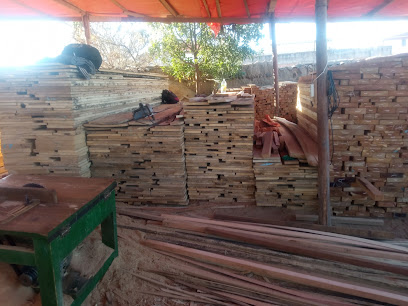
AndyNic Store
Explore the magical world of toys at AndyNic Store, a charming toy haven in Sucre, Bolivia, perfect for families and souvenir hunters.
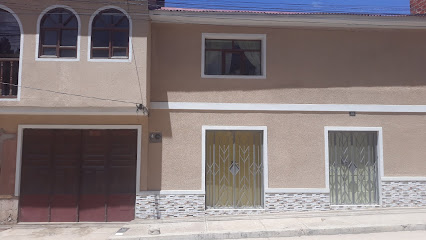
COTTI SHOP SUCRE
Discover the vibrant fashion scene at COTTI SHOP SUCRE, where local craftsmanship meets trendy style in the heart of Bolivia.
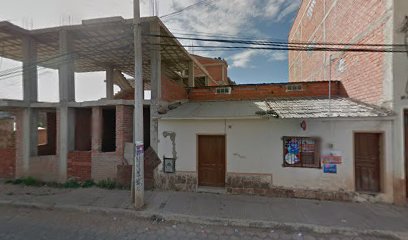
Central Mall
Discover Central Mall in Sucre: A vibrant shopping and dining destination blending local culture, unique souvenirs, and delightful cuisine.
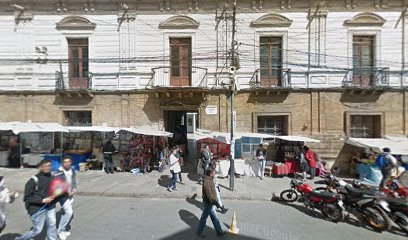
Essential bars & hidden hideouts
Joy Ride Cafe
Discover the vibrant flavors of Bolivia at Joy Ride Cafe in Sucre, where delicious food meets a lively atmosphere.
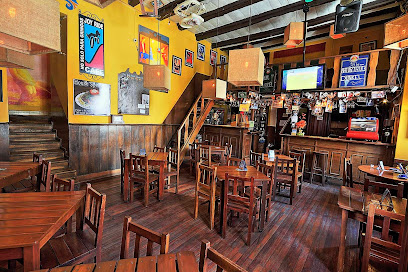
Cafe Restaurant Florin
Discover Café Restaurant Florin in Sucre: a delightful fusion of local flavor and Dutch cuisine in a cozy, welcoming atmosphere.
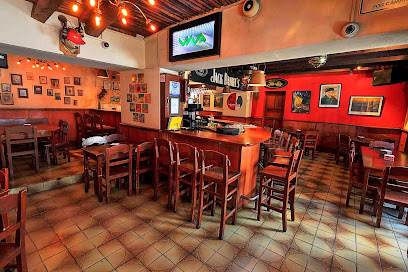
Pekín - Bar & Restaurant
Discover the vibrant flavors of Bolivia at Pekín - Bar & Restaurant, a must-visit destination in Sucre for food lovers and social butterflies.
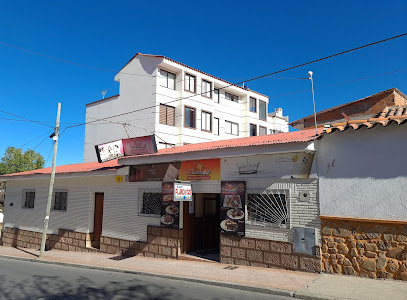
CAVENDISH Resto - Bar
Experience the vibrant flavors of Sucre at CAVENDISH Resto - Bar, where grilled delights meet a lively bar atmosphere.

GOBLIN Bar y cervecería artesanal de la casa
Discover GOBLIN Bar in Sucre, where artisan craft beers meet a lively atmosphere, making it a perfect spot for locals and tourists alike.
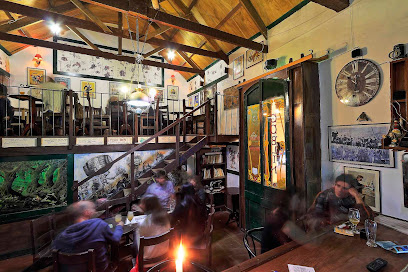
ROCKERZ HARD ROCK CAFE
Immerse yourself in the vibrant atmosphere of Rockerz Hard Rock Cafe, a live music bar that blends delicious cuisine with unforgettable rock performances.
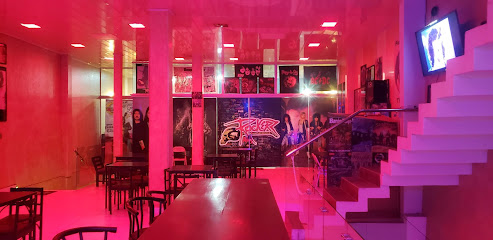
búhoBAR
Discover the heartbeat of Sucre's nightlife at búhoBAR, a vibrant bar and dance club serving delicious drinks and great music.

Reset Bar Sucre
Discover the vibrant nightlife of Sucre at Reset Bar, where karaoke, dancing, and delicious food create unforgettable experiences.
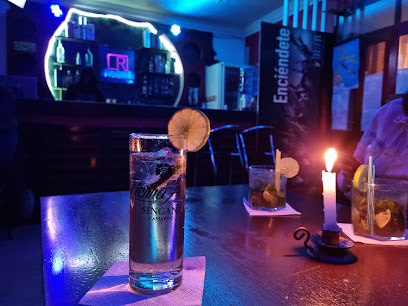
Burro’s Club
Experience the vibrant nightlife at Burro's Club, Sucre’s premier karaoke bar, where every evening comes alive with music and laughter.

360 Rooftop
Experience breathtaking views and vibrant ambiance at 360 Rooftop, Sucre's premier destination for relaxation and refreshments.

Local Phrases
-
- HelloHola
[oh-la] - GoodbyeAdiós
[ah-dee-ohs] - YesSí
[see] - NoNo
[noh] - Please/You're welcomePor favor/De nada
[por fah-vor/deh nah-dah] - Thank youGracias
[grah-see-ahs] - Excuse me/SorryPerdón/Lo siento
[pehr-dohn/loh see-en-toh] - How are you?¿Cómo estás?
[koh-moh ehs-tahs] - Fine. And you?Bien. ¿Y tú?
[byen. ee too] - Do you speak English?¿Hablas inglés?
[ah-blahs een-glehs] - I don't understandNo entiendo
[noh ehn-tee-ehn-doh]
- HelloHola
-
- I'd like to see the menu, pleaseMe gustaría ver el menú, por favor
[meh goo-stah-ree-ah vehr ehl meh-noo, por fah-vor] - I don't eat meatNo como carne
[noh koh-moh kahr-neh] - Cheers!¡Salud!
[sah-lood] - I would like to pay, pleaseMe gustaría pagar, por favor
[meh goo-stah-ree-ah pah-gahr, por fah-vor]
- I'd like to see the menu, pleaseMe gustaría ver el menú, por favor
-
- Help!¡Ayuda!
[ah-yoo-dah] - Go away!¡Vete!
[veh-teh] - Call the Police!¡Llama a la Policía!
[yah-mah ah lah poh-lee-see-ah] - Call a doctor!¡Llama a un médico!
[yah-mah ah oon meh-dee-koh] - I'm lostEstoy perdido
[ehs-toy pehr-dee-doh] - I'm illEstoy enfermo
[ehs-toy ehn-fehr-moh]
- Help!¡Ayuda!
-
- I'd like to buy...Me gustaría comprar...
[meh goo-stah-ree-ah kohm-prahr] - I'm just lookingSolo estoy mirando
[soh-loh ehs-toy mee-rahn-doh] - How much is it?¿Cuánto cuesta?
[kwan-toh kwehs-tah] - That's too expensiveEso es demasiado caro
[eh-soh ehs deh-mah-see-ah-doh kah-roh] - Can you lower the price?¿Puedes rebajar el precio?
[pweh-dehs reh-bah-har ehl pree-syoh]
- I'd like to buy...Me gustaría comprar...
-
- What time is it?¿Qué hora es?
[keh oh-rah ehs] - It's one o'clockEs la una
[ehs lah oo-nah] - Half past (10)Media (10)
[meh-dee-ah (dies)] - MorningMañana
[mah-nyah-nah] - AfternoonTarde
[tahr-deh] - EveningNoche
[noh-cheh] - YesterdayAyer
[ah-yehr] - TodayHoy
[oy] - TomorrowMañana
[mah-nyah-nah] - 1Uno
[oo-noh] - 2Dos
[dohs] - 3Tres
[trehs] - 4Cuatro
[kwah-troh] - 5Cinco
[seen-koh] - 6Seis
[sace] - 7Siete
[see-eh-teh] - 8Ocho
[oh-choh] - 9Nueve
[nweh-veh] - 10Diez
[dyes]
- What time is it?¿Qué hora es?
-
- Where's a/the...?¿Dónde está...?
[dohn-deh ehs-tah] - What's the address?¿Cuál es la dirección?
[kwal ehs lah dee-rehk-syon] - Can you show me (on the map)?¿Puedes mostrarme (en el mapa)?
[pweh-dehs mohs-trar-meh (en ehl mah-pah)] - When's the next (bus)?¿Cuándo es el próximo (autobús)?
[kwan-doh ehs ehl proh-ksy-moh (ow-toh-boos)] - A ticket (to ....)Un boleto (a ....)
[oon boh-leh-toh (ah)]
- Where's a/the...?¿Dónde está...?
History of Los Pinos
-
Los Pinos, like much of Sucre, was influenced by Spanish colonial architecture and urban planning in the 16th century. The neighbourhood's name, meaning 'The Pines', is derived from its lush pine trees, which were planted during this period. The colonial buildings reflect the Baroque style, showcasing the wealth and influence of Spanish settlers who established Sucre as the constitutional capital of Bolivia.
-
In the early 19th century, Los Pinos became a site of political activity leading up to Bolivia's independence from Spanish rule in 1825. The neighbourhood's proximity to key locations in Sucre, such as the Plaza 25 de Mayo, made it a focal point for revolutionary gatherings and discussions, contributing to the broader struggle for independence in the region.
-
Throughout the 20th century, Los Pinos transformed into a vibrant residential area, attracting diverse populations from the surrounding regions. This demographic shift enriched the cultural tapestry of the neighbourhood, introducing various traditions, festivals, and culinary influences, which can still be experienced today.
-
The late 20th century saw a surge in urban development within Los Pinos, with new residential projects and commercial establishments emerging. Architectural styles began to blend modern designs with traditional elements, reflecting the dynamic nature of Sucre as it strived to balance heritage with contemporary growth.
-
In recent years, there has been a growing emphasis on preserving the historical and cultural identity of Los Pinos. Local initiatives aim to maintain the neighbourhood's unique character, promoting cultural events and activities that celebrate its rich history, thus ensuring that the legacy of Los Pinos continues to thrive within the context of Sucre's broader heritage.
Los Pinos Essentials
-
Los Pinos is easily accessible from other neighborhoods in Sucre. If you are coming from the city center, you can take a local bus or taxi. Buses leave from various points in the center and typically cost between 2 to 5 Bolivianos. Taxis are also available and can be hailed on the street or booked via local ride-hailing apps. The journey from the city center to Los Pinos takes approximately 10-15 minutes, depending on traffic.
-
Los Pinos is a walkable neighborhood, making it easy to explore on foot. Local buses run throughout the area, connecting you to other neighborhoods in Sucre. For a more leisurely pace, consider renting a bicycle from one of the local shops. Taxis are also available for longer distances or if you prefer not to walk.
-
Los Pinos is generally safe for tourists, but it is essential to remain vigilant, especially at night. Avoid poorly lit areas and be cautious of your belongings. The areas around the bus terminal and some back streets can have higher crime rates, particularly for petty theft targeting tourists. Always keep your valuables secure and avoid displaying expensive items.
-
In case of an emergency, dial 110 for police assistance or 118 for ambulance services. The local hospitals are equipped to handle medical emergencies, and it is advisable to have travel insurance that covers health issues. Pharmacies are available throughout Los Pinos for minor health concerns.
-
Fashion: Do dress modestly, especially when visiting religious sites. Don't wear overly revealing clothing. Religion: Do respect local customs and traditions. Avoid taking photos in places where it is not allowed. Public Transport: Do give up your seat to elderly passengers. Don't eat or drink on public transport. Greetings: Do greet locals with a polite 'buenos días' (good morning) or 'buenas tardes' (good afternoon). Don't assume familiarity; a handshake is usually appropriate. Eating & Drinking: Do try local food, especially street food. Don't refuse food or drink offered by locals, as it may be seen as impolite.
-
To experience Los Pinos like a local, visit the nearby markets where you can buy fresh produce and Bolivian handicrafts. Engage with the local community; they are often welcoming and eager to share their culture. Attend any local festivals or events for a taste of Bolivian traditions. Additionally, explore the area's parks for a relaxing afternoon, and don’t hesitate to ask locals for their favorite dining spots.
Nearby Cities to Los Pinos
-
Things To Do in Potosi
-
Things To Do in Cochabamba
-
Things To Do in Uyuni
-
Things To Do in Santa Cruz de la Sierra
-
Things To Do in Tarija
-
Things To Do in La Paz
-
Things To Do in Copacabana
-
Things To Do in Iquique
-
Things To Do in San Pedro de Atacama
-
Things To Do in Arica
-
Things To Do in Tacna
-
Things To Do in Puno
-
Things To Do in Salta
-
Things To Do in Arequipa
-
Things To Do in Antofagasta








